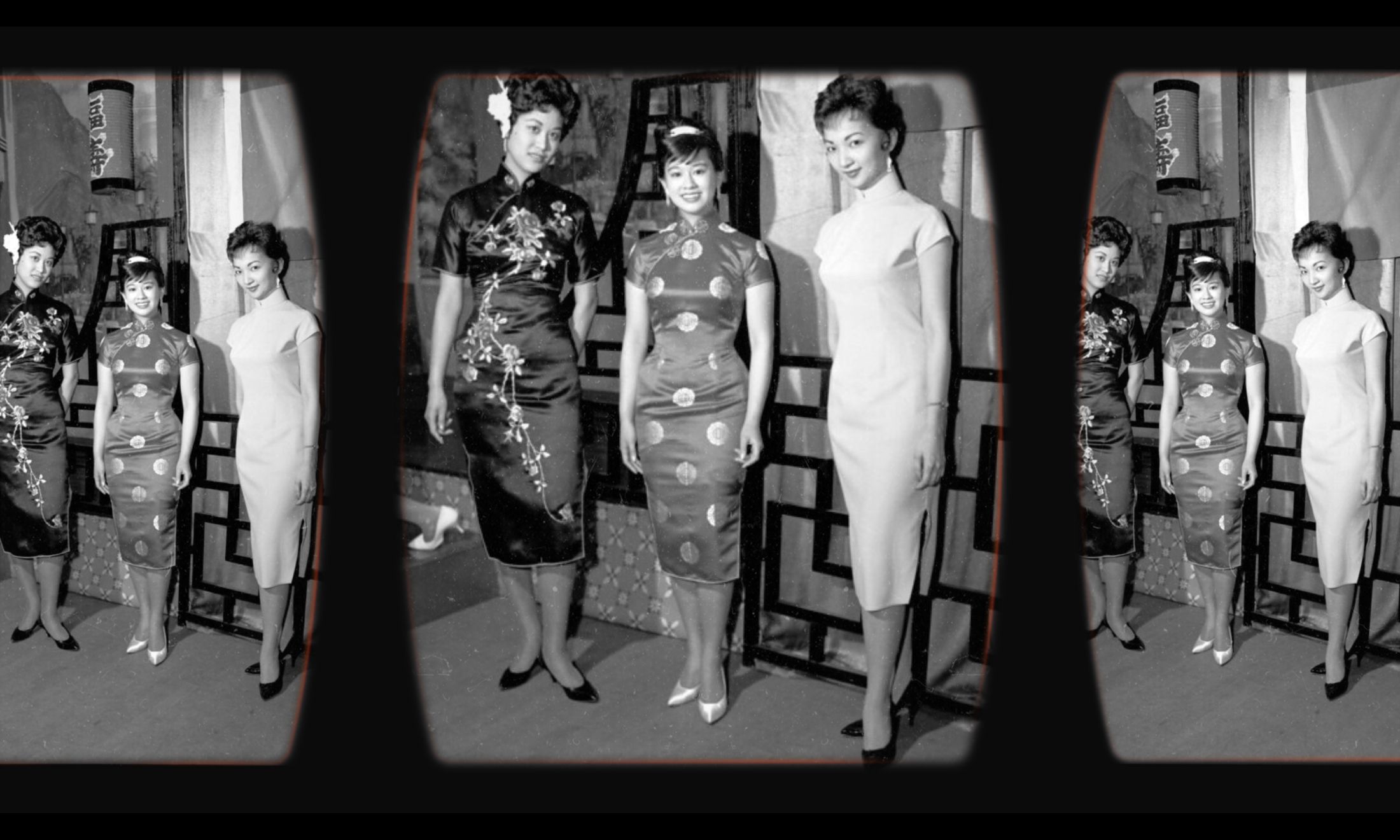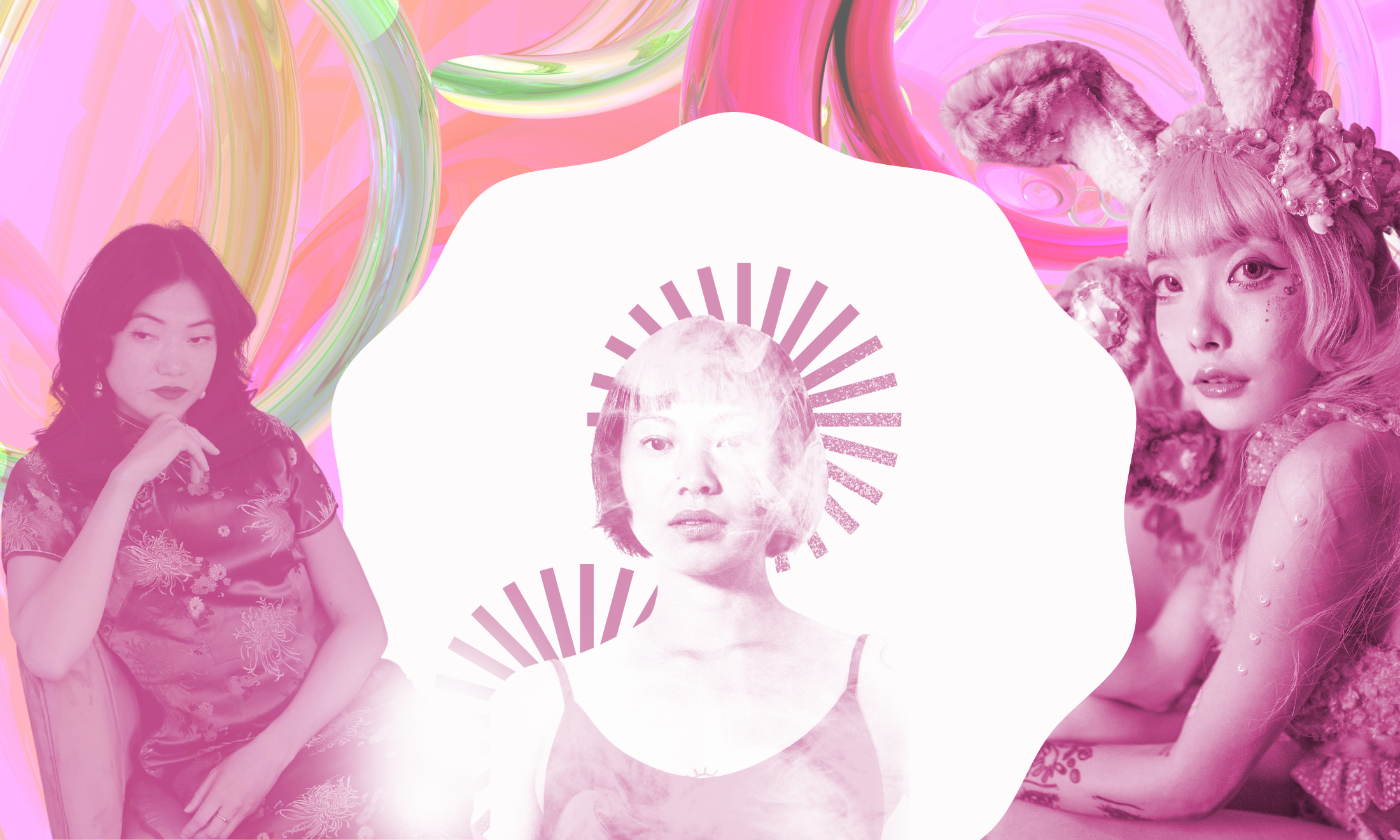
Illustration by Michelle Wong
#StopAsianHate: Meet the people helping to tackle Anti-Asian racism in the UK
They are asking for solidarity against Anti-Asian racism and for society to take the differences and nuances of East and Southeast Asian lived experiences seriously.
Hagino Tiger Reid
15 Mar 2021
Content warning: mentions of discriminatory language and racism
Since the start of the pandemic, there has been a recorded rise in hate crimes against East and Southeast Asian people in the UK, in what’s now been widely termed as Anti-Asian racism. Jonathon Mok, a Singaporean student beaten up on Oxford Street, was told “we don’t want your coronavirus in our country” and Peng Wang, a Chinese University lecturer was attacked by four men and told to “go home” while jogging in Southampton. An Ipsos Mori poll from May last year showed that one in seven people avoid people of Chinese appearance or origin, while hate speech on Twitter has increased by 900%.
Of course, Anti-Asian sentiment or racism isn’t anything new. A childhood in the Midlands gave me enough lived experience to know that, but after Donald Trump called Covid-19 the “China Flu”, and the even more offensive “Kung Flu”, it triggered a teenage memory. In Donnie Darko, a formative millennial film, there is a scene where a chubby Chinese girl is bullied by a white kid and told to “go back to China, bitch” to which she responds with “CHUT UP”. As a chubby East-Asian kid myself I was teased with the same language by a white boy I fancied at school. I laughed along, joining in with a chorus of “chut up’s”. This sort of ‘banter’ was the norm in the early 2000s, even after a decade of Blair PRing multiculturalism.
Fast forward to 2020 in East London, just before the first national lockdown. My youngest sister picked up my one-year-old daughter from nursery. A group of school-aged boys walked past and coughed directly at my sister, asking if she was Chinese. Even as a 31-year-old adult walking a baby, my sister’s immediate instinct was to laugh it off and play down the incident. She told me later that there was a chubby Asian boy in the group who, like her, was having to laugh along as he witnessed the events. While these are not the worst overt expressions of racism, we have a habit of minimising these experiences and “chutting up”, even though I know that every East Asian kid, especially the chubby ones will continue to experience microaggressions growing up in the UK.
But why in the past has it been difficult for us to speak out? The answer partially lies in a phenomenon called the ‘model minority myth’, which generalises ESEA (East and Southeast Asian) people as being hardworking, studious and quiet. Originating in the 1960s, the myth was developed in the USA by white scholars, political leaders and journalists and helped lead, as put by the Korean American poet Cathy Park Hong, to the “minimising [of] anti-Asian racism”. However, in the last few years, there has been a visible shift within the East and Southeast Asian (ESEA) community of second and third-gen. They are starting to speak out against anti-Asian sentiment, whether this is through the #StopAsianHate hashtag or organising under the ESEA acronym. It goes without saying that there has always been organising and activism within the community, but as of last year both in reaction to the BLM movements and in response to this rise of Anti-Asian racism there is a fresh movement picking up steam. Grassroot ESEA communities, artists and activists are doing anti-racist work all in their own unique ways.
DAYLDN
@dearasianyouthlondon
If you need to be educated on the #StopAsianHate movement, this is the account for you. A chapter of the US organisation Dear Asian Youth, set up by students Yiwen and Jiaying in September of last year, with an audience prominently of Gen Z women, DAYLDN’s aim is to educate British Asian youth and communities, to uplift the British Asian identity, and ultimately to fight misrepresentation in Western media. Yiwen shares that the platform is run by 48 volunteers, all between the ages of 15 – 23. Within the space of a few weeks, they recently rose from 1k to over 11K followers, with the growth attributed to the platform being the first to highlight the racist reactions from the public to Boris Johnson sharing a celebratory Chinese New Year video on his social media, with celebrities such as Gemma Chan and Rina Sawayama sharing the post.
Remember and Resist
@remember.resist
A project from daikon* zine and the Remember the Essex 39 campaign, Remember and Resist’s aim is to explicitly name the politics of abolition as the framework for organising focusing on the ESEA diaspora, rather than the politics of representation. In February they ran the first in a series of workshops to strategise against heightened racism away from state and police-based solutions. Kay and Kirstin, two of the organisers, want to create a welcoming space in Remember and Resist with others who share their politics, joking that they weren’t born abolitionists. “It’s about finding solutions together as a community,” they explain, suggesting that the framework of the model minority myth is a great entry point into understanding the wider structures that construct our identities and relationship to the state. “We don’t need politicians or the police to legitimise our experiences, we can validate each other and we can actually think about solutions that are going to work for us.” Their workshop resources are all online and I recommend reading Kay’s writing ‘against hate crime’ on daikon.
Don’t Call Me Oriental
@DontCallMeOriental
A new platform showcasing artists and makers from the ESEA community started by Mildred Cheng, its name in and of itself is a political statement, asking us to reject an outdated description of the east that has connotations of exoticism and othering. To celebrate Chinese New Year, Year of the Ox, Don’t Call Me Oriental curated a pop-up and virtual exhibition, promoting ESEA artists and makers and raising money for the Hackney Chinese Community Services. Mildred points out that “even though our ESEA parents usually don’t take a career in the arts seriously and even though the Asian creative world is still an underdog… we are refusing to blend into the background anymore”. She is working on a similar exhibition, celebrating Buddhist New Year, in April. This has connected her deeper into the ESEA community, talking to artists such as Ohn Mar Win, who is spreading awareness on what is happening in Myanmar by painting the three-fingered salute, a symbol of resistance and solidarity for democracy movements across Southeast Asia, to mark every day of the military coup. Platforms like Mildred’s are providing an important service by connecting ESEA artists and makers to others within the diaspora and beyond.
Dora The Drawer
@DoraTheDrawer
A London-born Chinese artist whose work focuses on identity and cultural heritage (including making beautiful clay dumplings), Dora ran a series of workshops called We/Make/Do with the Hackney Chinese Community Services earlier this year. The workshops explored intergenerational relationships within the ESEA fam through art and rich discussion. Dora explains that for many in the group, not only was this the first time being in a space of predominantly ESEA people but the first time they were able to unpack their identities. “Some people haven’t really thought about these kinds of things until they get put in a space with other people who talking about it, then they realise they have a lot to say,” she says. Her aim moving forward is to continue to create spaces where different generations can come together. “One of the participants said at the end said, ‘I don’t think I’ve ever been in a room with this many Asian women’,” she says. “I realised actually I hadn’t experienced that either.”
Celestial Peach
@CelestialPeach_UK
Jenny Lau (aka Celestial Peach) is a key linchpin within the grassroots ESEA movements in London. On the surface, her platform – where she interviews Chinese cooks, chefs and restaurateurs – is about food, but that’s just the honeytrap to get people discussing Chinese identity and learning more about the culture. She has a saying: “Come for the food, stay for the conversation. And help with the dishes, while you’re at it!” but adds, “Ideally, you’re doing that in the opposite order, so you earn your seat at the table.” Jenny’s mission is to raise awareness not only within our community but to reach out of the ESEA echo chamber to other POC and white folk. “These last few months I felt a bit despondent because I realised, ‘Yes, I am doing a lot of this stuff but it’s being validated by people who look like me and have had my experience. When are the majority going to acknowledge it?’” Jenny was recently part of the Mayor of London’s documentary addressing the experiences of the ESEA community in London. As well as working with Hackney Chinese Community Services, she has started to volunteer for the London Chinese Community Centre in Chinatown. She says: “You cannot underestimate the importance – for the soul, and for the community – of having a physical space that you can call home. That’s why I think a place like Chinatown is so symbolic and its survival is vital.”
Hackney Chinese Community Services
@HackneyChinese
For over 30 years the centre has predominantly served first-generation Chinese and Vietnamese immigrants through a mixture of social welfare, health advocacy and translation services alongside mahjong and luncheon clubs – staple activities for the elders. But, thanks to the stewardship of Jabez Lam, has begun to advocate more broadly for East and Southeast Asian identities. Jabez, a well-known and loved community worker, suggests that the recent shift in activism bringing the ESEA people together as one community is the sad silver lining of the pandemic. In 2019, he won the lease rights for the Old Bath Community House in east London, with the aim of moving in and rebranding as a centre for the ESEA communities. Vicky Sung, an outreach worker whose grandmother used to be a member of the centre, says: “We want to build a nurturing and cultivating space that’s welcoming to all. The ESEA community is the first step, we really want to reach out to wider society, to come in and learn and integrate to reduce any kind of stereotyping or racial divides there might be.” The new generation will also be involved – including Celestial Peach, who will be running food programs, as well as Dora The Drawer, who has plans for further workshops.

Britain’s policing was built on racism. Abolition is unavoidable

How Pakistan’s Khwaja Sira and transgender communities are fearing and fighting for their futures

Their anti-rape performance went viral globally. Now what?






